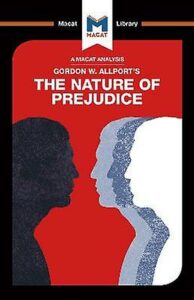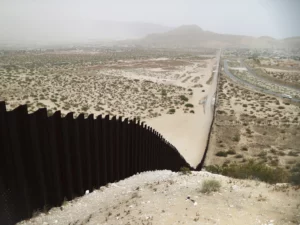Share
A human portrait of the unprotected situation of Central American citizens fleeing their countries, as well as those who struggle not to leave their homelands.
The documentary entitled “Casa en Tierra Ajena” (Home in A Foreign Land) was directed by Ivannia Villalobos Vindas and saw the light in 2016, after two years of filming between the three countries that make up the so-called “Northern Triangle”, Guatemala, El Salvador and Honduras. This documentary was recorded under the formula of a “road-movie”, through which the stories of different people who have tried to migrate to the US, as well as others who have decided to stay in their territories, are told. These stories give voice to the phenomenon that has existed for several decades in Central America, whereby thousands of poor citizens from these countries try to reach the US in search of a dignified life and, on many occasions, fleeing threats and persecution. Forced migration in Central America reaches a figure of between 10 and 12 percent of the population that is forced to leave their territories. It is one of the most invisible and terrifying humanitarian dramas in the region.
This film tries to explain the reasons why thousands of citizens from Honduras, Guatemala and El Salvador risk their lives to reach the United States. To do so, during the almost 90 minutes of screening time, three issues are explained in order to better understand the situation. Firstly, different individual case studies in these countries. In addition, several people explain the criminalisation suffered by these migrants in Mexico, the last stage before reaching their destination. And the documentary also presents the “migrants’ houses” as an example of a solidarity and alternative project to shelter these migrants during their journey.
Through the stories we see during the film, we can see how the citizens of these countries share a lack of protection and abandonment by their governments that often forces them to migrate and leave their families behind, as well as having to fight to claim the “right not to migrate” and stay in the territories that, more and more frequently, are the object of extractive industries. The protagonists of these stories themselves tell of being forced to move in order to save their lives. In this way, we can see how violence is a structural problem in these countries. Citizens do not trust their governments and security forces, which they see as the cause, on many occasions, of their migration, as well as the impediment to staying at their homes.
However, amidst all the horror that this story presents us with, an “alternative” created by civil society in Mexico appears, the so-called “migrant houses”. These houses offer accommodation to all migrants who decide to embark on the road to the USA, most of the time through the lines and wagons of the so-called “Bestia”, the Mexican freight railway, the main mode of clandestine transport for Central American migrants. This alternative shows the importance of non-formal networks in migration processes. In this case, given the lack of protection provided by official means, hundreds of migrants seek refuge in these places.
This powerful and raw documentary ends by showing us the importance of human solidarity and hope. In the face of poverty, adversity and injustice, there are always groups and civilians who know how to lend a hand and help those who need it most. A hopeful but realistic portrait of migration in Central America, which we can extrapolate to other regions of the world.



Average Rating